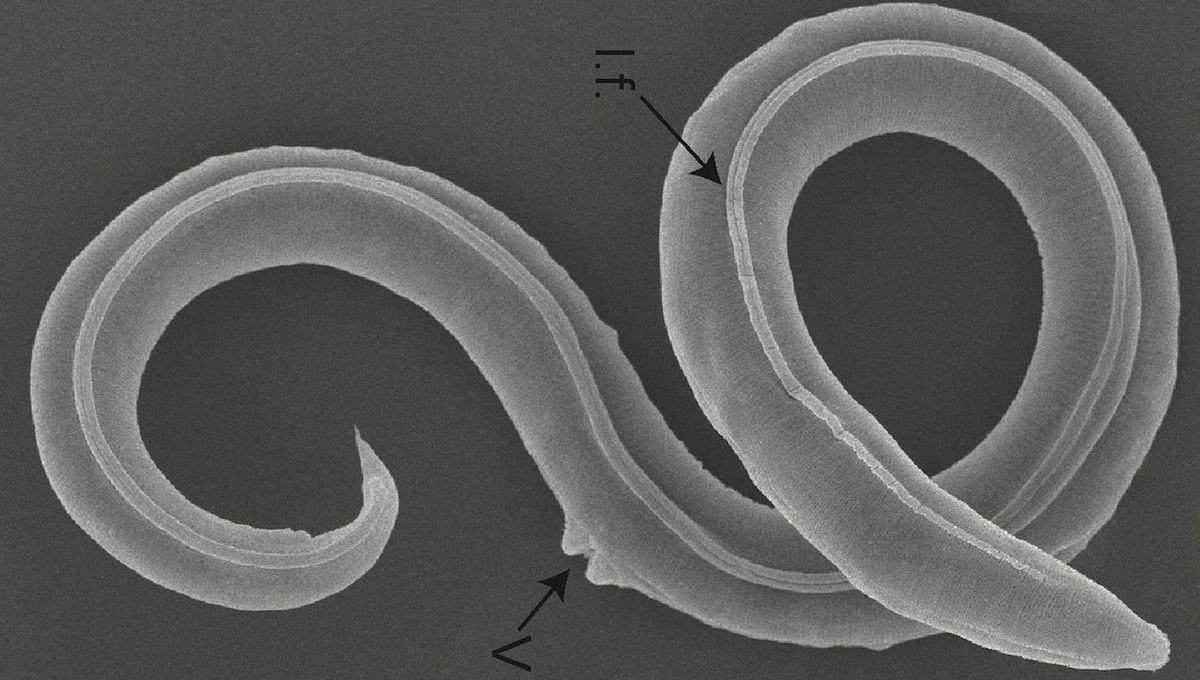
An ancient worm has wriggled back to life after 46,000 years frozen in Siberian permafrost. The tiny animals, called nematodes, were revived from a lengthy slumber, which began in the late Pleistocene some 45,839 to 47,769 years ago, radiocarbon analysis has revealed. That’s quite the catnap.
As well as being impressively hardy, the microscopic critters belong to a species previously unknown to science, dubbed Panagrolaimus kolymaensis.
Nematodes, also called roundworms, are one of only a few organisms capable of surviving in such extreme environments for prolonged periods of time. To do so, they enter a limbo-like state called “cryptobiosis”, in which all measurable metabolic processes shut down until environmental conditions improve. In 2018, nematodes were resurrected after a suspected 42,000 years of cryptobiosis – this new finding pushes that dating back by several millennia.
Other organisms capable of such a feat include tardigrades and rotifers. In a particularly astonishing example of the phenomenon, a bacterial spore has previously been found preserved in amber for between 25 and 40 million years.
In the new study, P. kolymaensis were recovered 40 meters (130 feet) deep in permafrost on the banks of the Kolyma River in northeastern Siberia. The frozen soil in these parts is host to a trove of ancient and unexpected finds, from archaic DNA and viruses to a whole bear.
Radiocarbon analysis of the plant material in the permafrost samples placed them in the late Pleistocene, and genomic analyses of the nematodes identified them as an undescribed species.
The researchers cultivated the worms for more than 100 generations and compared their genome to one of their extant relatives, Caenorhabditis elegans, identifying common genes involved in cryptobiosis.
Doing so, they hope, could lead to a better understanding of the mechanisms underpinning this mysterious state, which could eventually lead to new methods for the long-term storage of cells and tissues. They are also curious as to whether there’s an upper limit to how long nematodes can remain in a cryptobiotic state.
“These findings have implications for our understanding of evolutionary processes, as generation times may be stretched from days to millennia, and long-term survival of individuals of species can lead to the refoundation of otherwise extinct lineages,” the authors conclude.
The study is published in PLOS Genetics.
Source Link: 46,000-Year-Old Worms Revived After Millennia Frozen In Siberian Permafrost